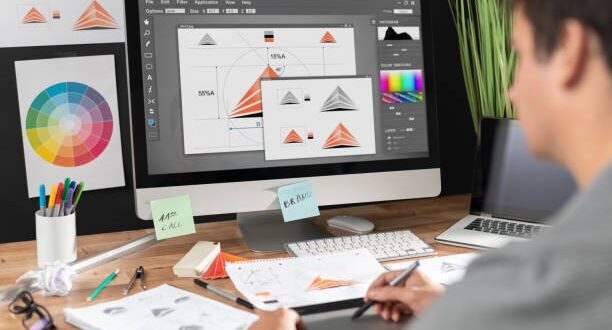In 3D animation, rigging can be defined as the process that you follow in creating invisible bone structures that define the manner in which your objects will move. It’s some kind of skeleton structure that helps to simplify the entire animation process. With 3D rigging, you form a bone structure that is invisible and that defines how the movement can occur in the animation. The animation becomes visible from a three-dimensional viewpoint during the active rendering process, but it isn’t visible in the final render. In this process, you can be fully in control of how the 3D images are moving and also change the three-dimensional objects to suit your animation needs.
The application of 3D rigging in animation
Rigging is employed for the sole purpose of animating characters, backgrounds, and 3D objects. This is the technique that is mostly used in movies, television shows, and most of the video games that are available out there every day. Rigging makes sure that the animation can run smoothly. Also, 3D rigging has been mostly applied in teaching, where visuals are necessary for teaching and also for the demonstration of a phenomenon. This technique has been used in medical education to create body organs that look just like the real ones.
How does rigging work?
How rigging works is easy. After creating a 3D model, you will need to construct some bones that represent your content’s skeletal structure. In a single character, you may have back bones, spines, and head bones.You can transform these bones using digital animation software. For instance, you can change their scale, position, and also rotate them.It may take you just a few minutes to complete a simple hierarchical set up. However, a complex one may take up to several days. The resulting structure will be similar to one with a parent-child relationship with all the bones that get connected to it. Because of this, the entire animation process is simplified.
Making animation to mimic real-life situations
The fact that when the artist moves a shoulder bone, the hand and forearm bones move makes your animation look more realistic. The goal is always to ensure that the animation mimics real life as much as possible.
The weight scale is very important
The way in which the 3D model interacts with all the elements in the relationship is purely determined by the weight scale. The bone will have more or less control over a section of the mess, and with this way, it’s possible to fine tune it so as to achieve precise animation. If you have the technical knowledge to do this, you can get your 3D rigging done quickly and effortlessly. But if not, it’s advisable to enroll in an animation school and learn the important skills that will come in handy here. The weight that each bone carries should be fine-tuned so that you achieve a smooth animation.
If you want to create animations that have similar skeletal structures to whatever you had designed before, you can copy it and assign it to a new mesh. This makes it easier whenever you want to reproduce models that have the same designs.
 HammBurg Be informed with latest news, reviews, entertainment, lifestyle tips, and much more.
HammBurg Be informed with latest news, reviews, entertainment, lifestyle tips, and much more.




